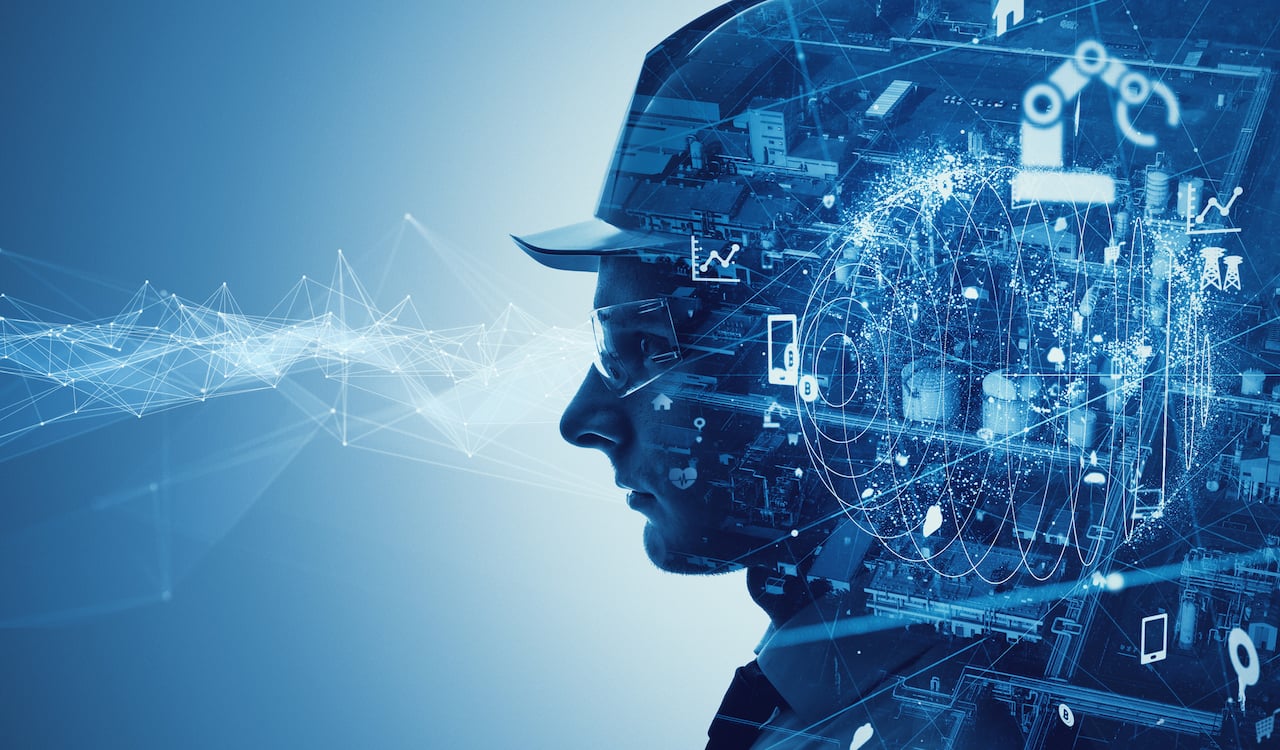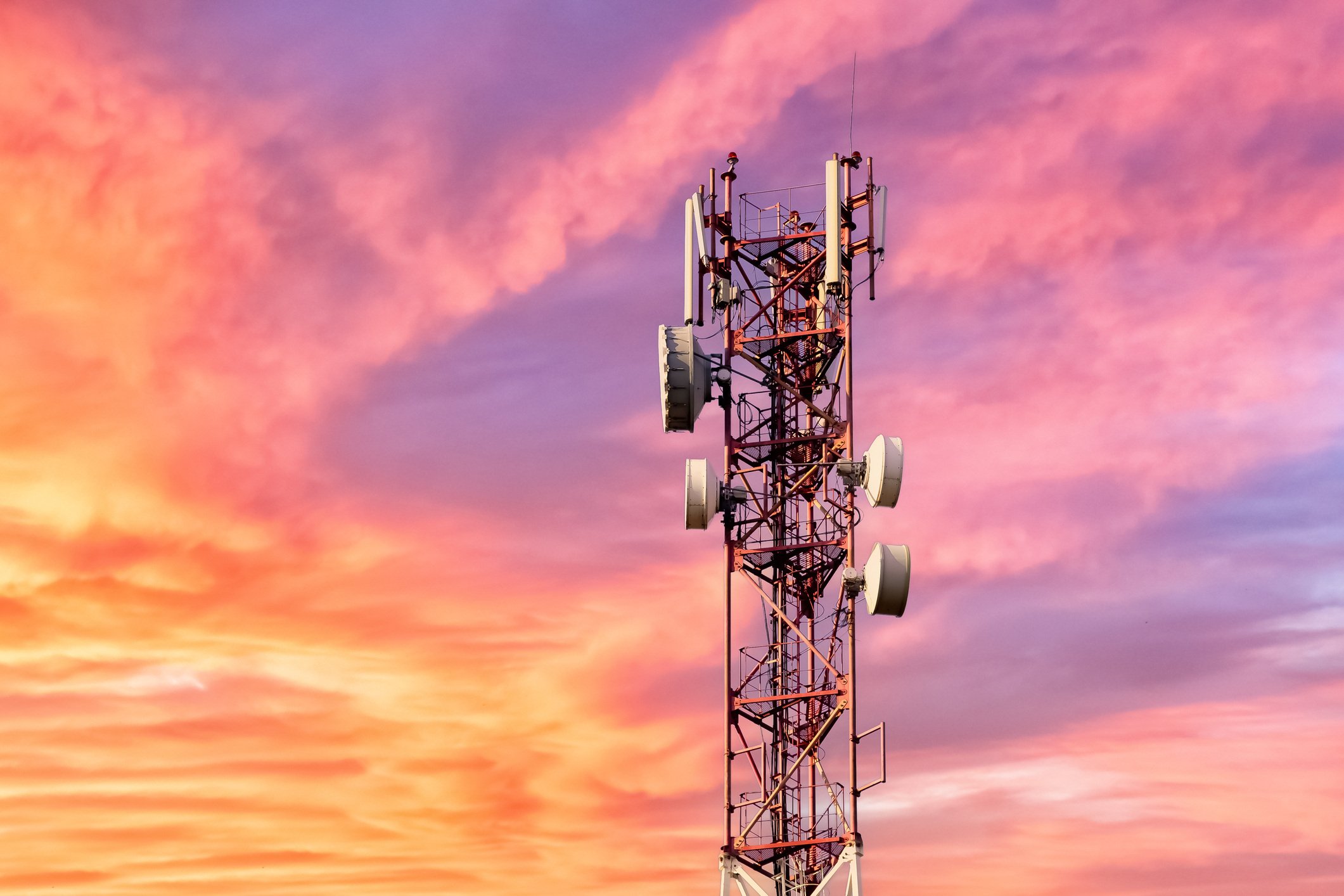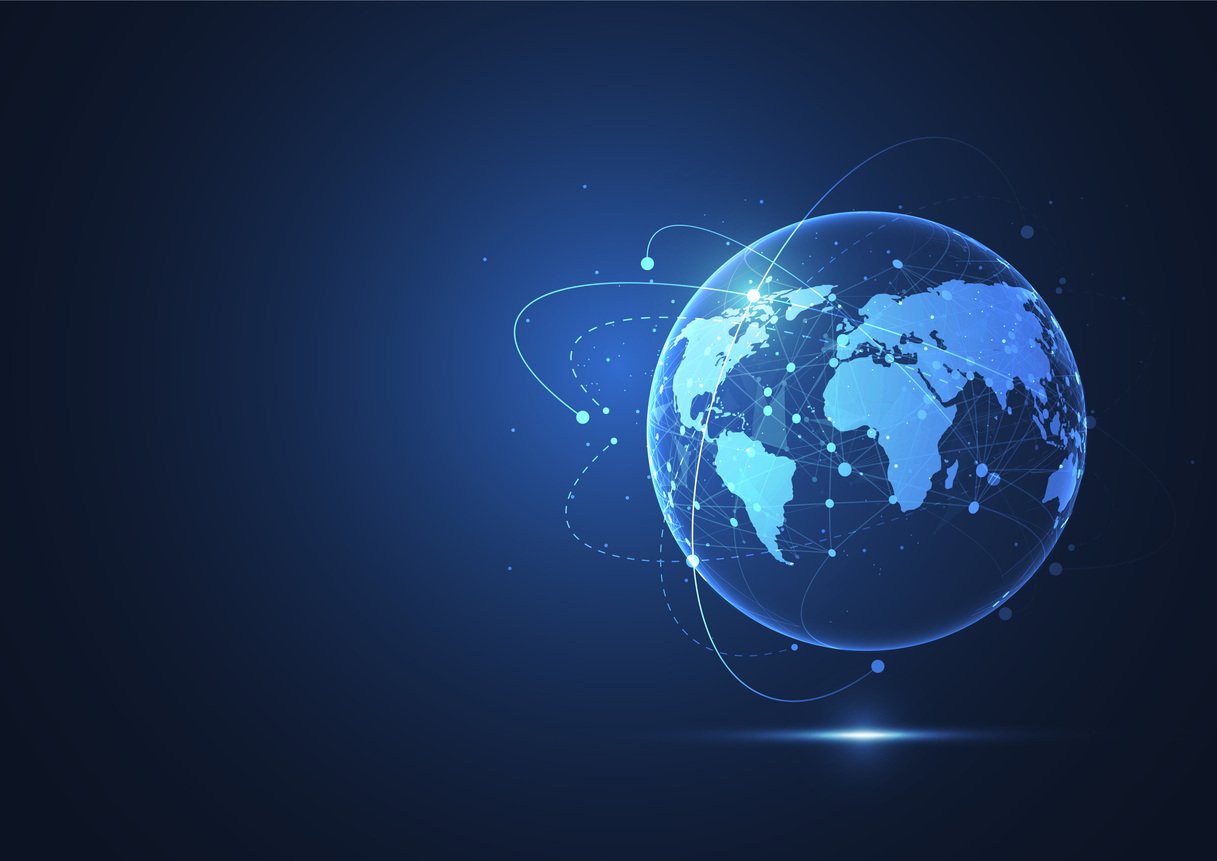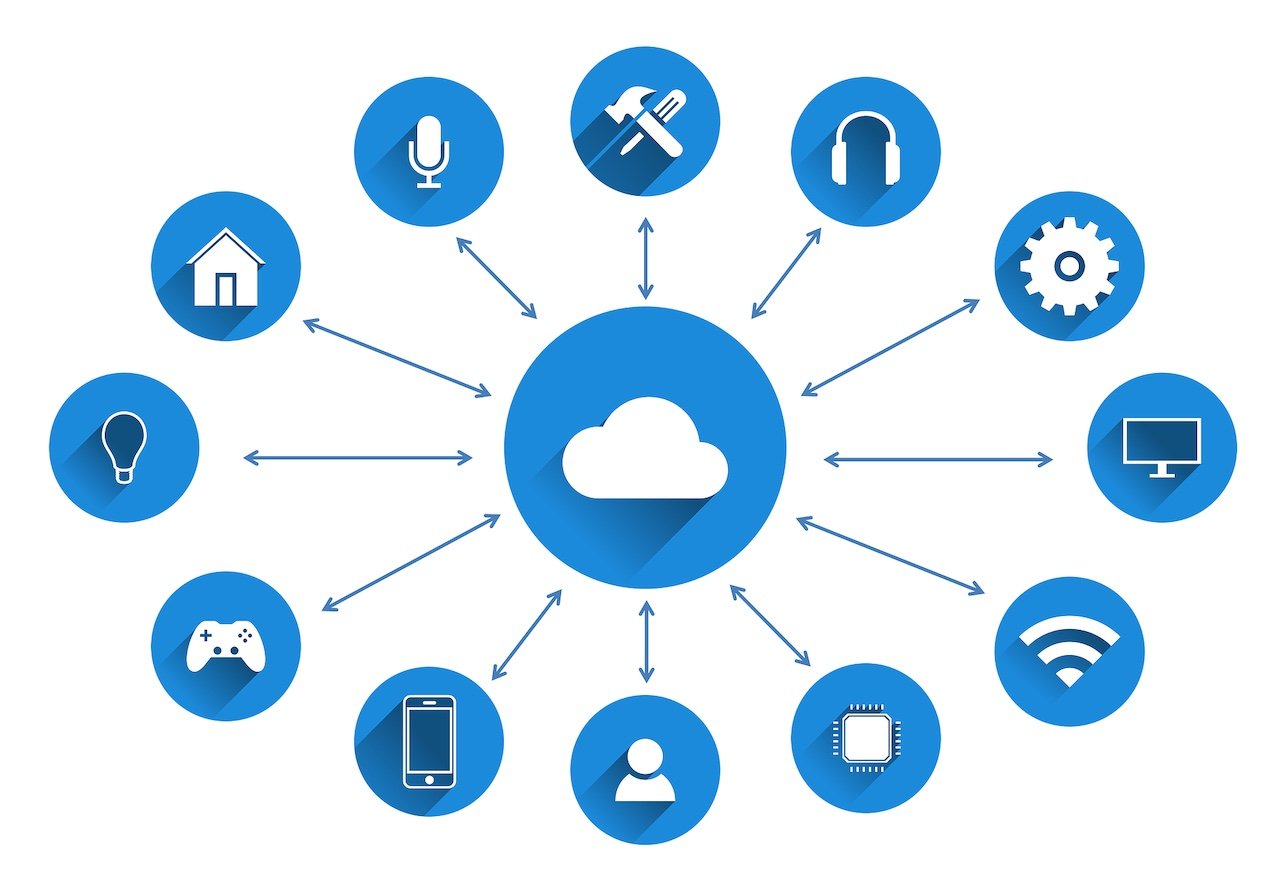
- April 2025 (1)
- March 2025 (2)
- February 2025 (1)
- December 2024 (2)
- November 2024 (2)
- August 2024 (2)
- June 2024 (3)
- May 2024 (3)
- April 2024 (1)
- March 2024 (3)
- February 2024 (2)
- January 2024 (2)
- December 2023 (1)
- November 2023 (2)
- October 2023 (2)
- September 2023 (1)
- August 2023 (1)
- July 2023 (2)
- June 2023 (3)
- May 2023 (2)
- April 2023 (1)
- March 2023 (4)
- February 2023 (1)
- January 2023 (2)
- November 2022 (2)
- October 2022 (1)
- September 2022 (1)
- August 2022 (2)
- July 2022 (2)
- June 2022 (2)
- May 2022 (1)
- April 2022 (3)
- March 2022 (1)
- February 2022 (3)
- January 2022 (2)
- December 2021 (1)
- November 2021 (1)
- October 2021 (2)
- September 2021 (3)
- August 2021 (1)
- July 2021 (4)
- June 2021 (1)
- May 2021 (2)
- April 2021 (2)
- March 2021 (2)
- February 2021 (3)
- January 2021 (3)
- December 2020 (1)
- October 2020 (1)
- August 2020 (1)
- August 2019 (1)
- January 2019 (2)
- September 2018 (5)
- June 2018 (1)
- November 2017 (1)
- September 2017 (1)
- July 2017 (1)
- May 2017 (1)
- January 2017 (1)
- October 2016 (2)
- August 2016 (1)
- July 2016 (1)
- June 2016 (1)
Subscribe by email
Technology has a language all its own, and this is certainly true when it comes to the Internet of things (IoT). As you build and grow your connected solution company, it will be helpful to familiarize yourself with IoT terms as you explore the exciting ways IoT is transforming business. Here are some of the top terms you’ll want to know to navigate the IoT landscape.
IoT Definition
Before we dive into the IoT glossary, let’s define exactly what IoT is. IoT makes things easier, but the technology itself can be surprisingly complex. IoT acronym represents the internet of things, a network of devices and sensors, or “things,” that are able to exchange data with other devices and systems over the internet without human intervention. The “things” in an IoT system are embedded with sensors, software, and other technologies to enable them to collect and transfer data. These physical objects range from household consumer devices like smartwatches and appliances to complex industrial machinery.
33 of the Most Useful IoT Terms
Here is a list of the top terms we think you’ll benefit from understanding as you begin to explore IoT. For many of these terms, we also have articles that provide a deeper dive into the topic areas. We’re including those links in case you want to learn more.
- 5G — The fifth-generation technology standard for broadband cellular networks is called 5G. It represents a marked improvement in download speed from 4G, and extremely low latency, high-speed connectivity, and widespread coverage. This technology is new, and will not completely replace 4G for some time.
- Application programming interface (API) — Software or code that enables two distinct applications to “talk” to each other easily.
- Big data — A large and complex set of data that can be analyzed for patterns and trends. The insights of big data can be used to make data-driven decisions. Big data includes the data generated from IoT devices.
- Bluetooth and Bluetooth Low Energy (BLE) — Wireless technology that allows devices to exchange data. BLE is a type of Bluetooth technology that enables devices to transmit data at a low cost with short-range and low power consumption.
- Cellular — A type of wireless technology that provides reliable broadband communications with options that can support low power consumption. Though it’s best known in the consumer mobile market, it can also be leveraged for other use cases as well.
- Cloud — The cloud is where data in an IoT system goes to be processed. The cloud infrastructure is responsible for loading, storing, and transforming the data.
- Connectivity — The method(s) of connection between all of the elements in an IoT ecosystem. Connectivity may include sensors, platforms, routers, applications, and other systems.
- Devices — Products that contain sensors are called devices. They are an essential component in an IoT ecosystem.
- Device management — A collection of frameworks and methods that handle the provisioning, authenticating, configuring, and maintaining connected devices in an IoT ecosystem. Services include monitoring the system and diagnosing issues, keeping all devices connected, secure, and updated.
- eSIM — There are two definitions for eSIM. The first is an embedded SIM, where a physical SIM is surface-mounted on the board. The second is an electronic SIM, which is programmable software that determines the default carrier of use.
- Gateway — A device or virtual platform that connects smart devices, sensors, and IoT modules to the cloud. It serves as a wireless access portal that provides internet access to IoT devices.
- IMEI — Unique identifier for every device, often located on the device packaging or in the settings menu in the device’s software application. It is used to identify a device on a network.
- Integrated circuit card identifier (ICCID) — Unique number assigned to a specific SIM card that is globally unique and not established for the card’s country of origin. It is stored digitally and may also be engraved into a physical SIM card.
- IoT billing — IoT billing is the charging for services tied to IoT solutions.
- IoT SIM cards — Integrated circuit chip that stores authentication credentials for devices on a cellular IoT network.
- IoT platform — A key component that acts as the command center for an IoT ecosystem. It is used to connect and empower all devices on the system.
- IoT protocol — Modes of communication in an IoT system that ensures data security.
- ITS (Intelligent Transportation Systems) — Smart technologies used in traffic management and transportation to improve efficiency, safety, and sustainability.
- Low power wide area network (LPWAN) — A family of technologies that are ideal for supporting large-scale IoT networks with significant range and small data blocks. The ideal use case doesn’t require high bandwidth or time sensitivity.
- LoRa protocol (LoRaWAN) — Emerging technology offering a long-range for small data packets with low power consumption. The use cases are similar to LPWAN, however, this is a point-to-point connection requiring a gateway to access the cloud.
- LTE-M — A type of low-power wide area network standard.
- Machine-to-machine (M2M) — A point-to-point data exchange between network devices using the internet. This technology established a foundation for IoT.
- Module — Small electronic device embedded in hardware to connect to a wireless network.
- Narrow-band IoT (NB-IoT) — A wireless network technology used to support IoT applications to optimize cellular connectivity.
- Near field communication (NFC) — Communication protocols used between devices over a very short distance.
- Quality of service (QOS) — The measurement of the overall performance of a service used to prioritize data flows and to optimize to a performance standard.
- Security — For the internet of things, this is a group of methods used to secure network-based and internet-connected devices. It includes network access control, API and network security, security gateways, patch management, and more.
- Sensor — Hardware that detects changes in its environment and collects data. They are an essential component of an IoT ecosystem.
- Smart farming — The application of modern technologies and information in the agriculture industry using high-tech systems to increase food production with efficiency and quality.
- Smart meter — A device used to gather and transmit data from an IoT device to the cloud for processing.
- Subscriber churn — The percentage of customers or subscribers who cancel their subscriptions with your company or service or don’t renew in a given period of time. It’s an essential metric for IoT businesses that use a subscription model.
- Subscription model — A revenue model where products and/or services are sold for recurring revenue on a monthly or annual basis. It’s a popular billing method for businesses and consumers alike.
- VoLTE (Voice Over LTE) — Voice and communication services powered by LTE, Wi-Fi, and 5G.
Knowing IoT Terms Provides a Solid Foundation for Your Success
With this IoT glossary, you have a handy reference for diving further into the internet of things. We encourage you to take a look at the articles posted on our blog so you can read even more about the topics.
To learn how Zipit can help your company connect with the most effective IoT technologies, contact us.
Related Content
The latest IoT insights and platform updates from Zipit.
IoT devices need flexible network technologies optimized for low-power application...
The network an IoT device selects significantly impacts the strength and reliabili...
Deploying an IoT solution brings significant value to businesses, but it also intr...



